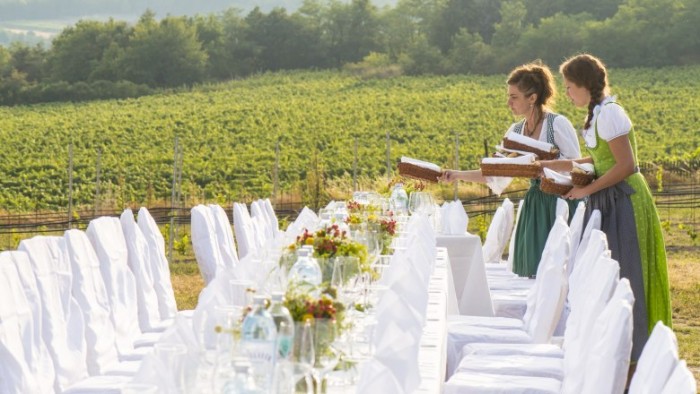
After my Austrian evening in Brooklyn last year, I was left wishing I could book a trip immediately.
One reader had remarked to me that upon visiting the country, she felt like she had stumbled onto a marvelous “culinary secret.” And isn’t it funny how Austrian cuisine can feel that way—fresh and undiscovered—in spite of its long, rich history? I’ve heard similar impressions about the country’s landscapes and its small villages. One of our hosts of the Austrian evening had told a story about summer nights spent sipping crisp Grüner Veltliners and Rieslings in those villages that really stuck with me: 5-course dinners called Tafeln im Weinvertel (“feasting in the wine district”) at long white-clothed tables set among the vines and in the cellars. They happen throughout the summer season, and sound incredible.
It’s hard to say when I’ll be there next, but I’ve come up with an itinerary for visiting Northeastern Austria just as soon as I can hop on a flight!
Here’s the plan…
We’ll start in Vienna for a taste of art, music (think Strauss, Schubert, Mozart), and—of course—coffeehouse culture. Apparently, the United Nations Educational, Scientific and Culinary Organization has even recognized the afternoon coffee-and-pastry ritual of Kaffeejause as an “intangible cultural heritage.” (And I’ve had just enough of the iconic Austrian Sacher-Torte to know I’d like to have more.)
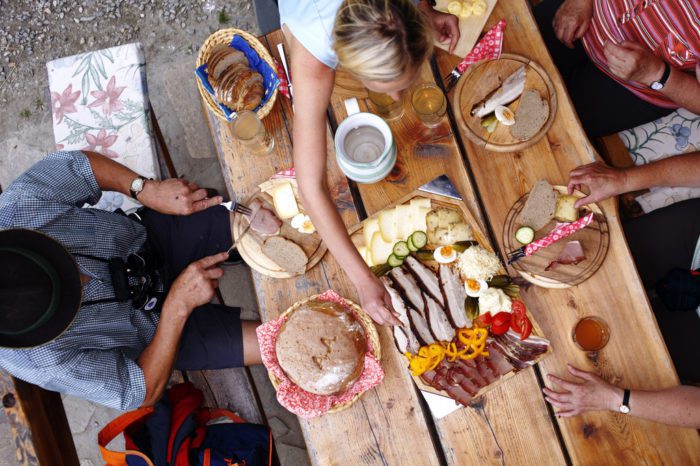
From there, I’d like to visit the Heurigen (wine taverns) just outside the city in the Vienna Woods, before driving west. In Austria, heuriger translates to “this year’s,” and means both a young wine as well as the house serving its own latest production. A 1784-decree from Emperor Joseph II made it every winemaker’s right to serve in a tavern of their own making, so there are Heurigen all over.
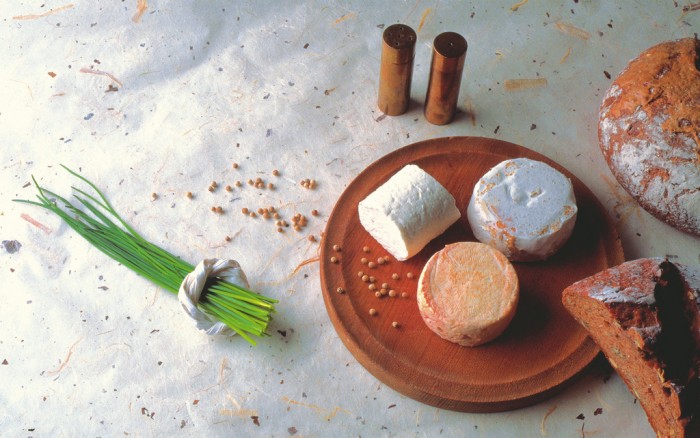
Next we’ll rent a car and drive along the “Austrian Romantic Road” into the Wachau Valley, a rural, storybook-looking land of medieval villages and old vines. Another UNESCO-recognized treasure, the region—formed from the Danube’s water gap through the Bohemian Massif—includes the monasteries in Melk and Göttweig as well as the old city of Krems, with its cobblestone streets and ancient churches. One can travel between Melk and Krems by boat or by bike, and I imagine us stopping for picnics of cheeses and smoked fish, with a side of apricot jam and black bread. (Apricots have been grown here since the early 16th century and are regionally known as the “Marille.”)
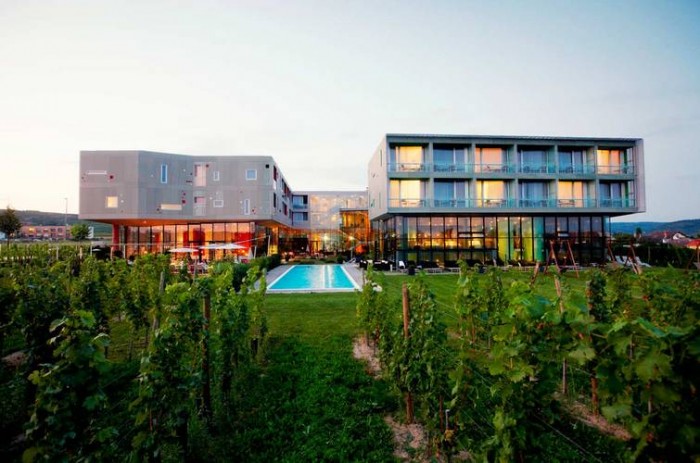
Of course I’m equally curious about the nearby Kamptal and Kremstal, known for being a more modern counterpoint to the pastel-hued cottages of the Wachau region. Then there’s Langelois, just under 10 miles north in the Kamptal, which mixes historic churches and homes with sharply-angled glass-and-steel cubes—like that of the design hotel Loisium Langenlois, that I might choose as a base.
Once there, we could follow a network of walking paths laid out from the hotel through vineyards and over hills (like this wine trail), or try one of the bike routes (there are miles and miles of bike routes). I might opt for trying out an E-bike (has anyone used one?), as I learned years ago that those terraced, hillside vineyards can look very picturesque going one way, and prove very demanding going the other!
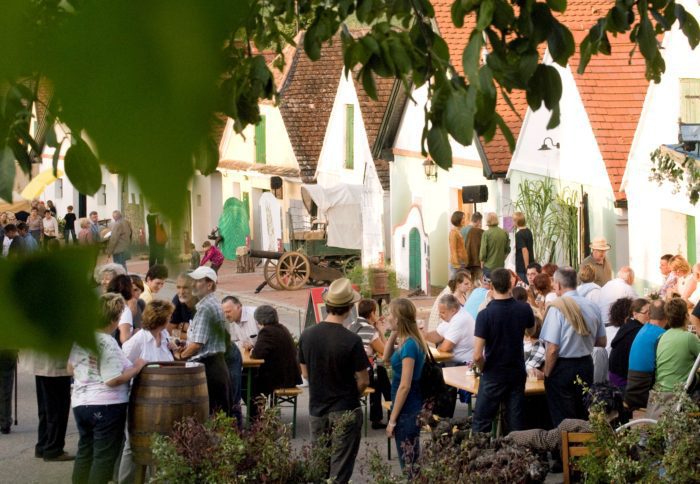
And of course I’d be seeking out an opportunity to share one of those summer dinners with a view to the grapes—those very same ones that went into making those crisp, peppery white wines we’d be tasting.

What would you most like to see in Austria? A waltz at the Vienna opera? A salt mine in Hallstatt? A village in the Alps? Has anyone been to a Tafeln im Weinvertel?
[Photo credits, from top: Austrian National Tourist Office/Himsl; Weinvertel.at; Ashley Muir Bruhn; Austrian National Tourist Office/Bartl; Austrian National Tourist Office/Peter Rigaud; Austrian National Tourist Office/Lehmann H.; Loisium resort image c/o the property; Austrian National Tourist Office/Lahofer; Weinvertel.at]
This post is sponsored by Austrian Airlines. Start your Viennese adventure today by booking your trip at Austrian.com and getting a taste of the country’s flavors with the flying chef offered on each flight.


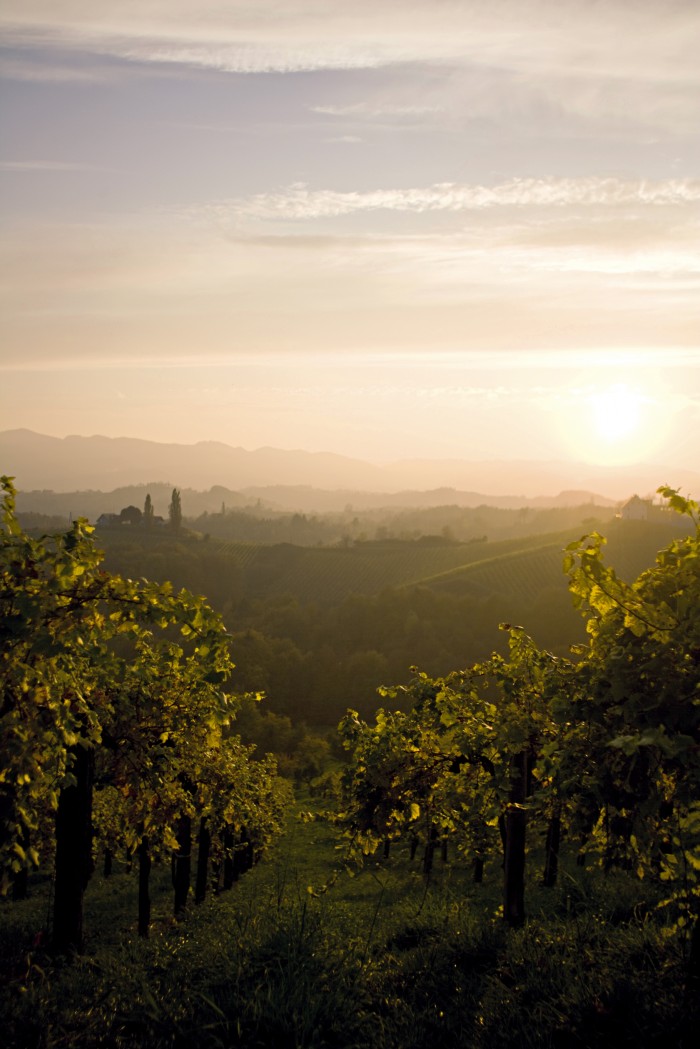
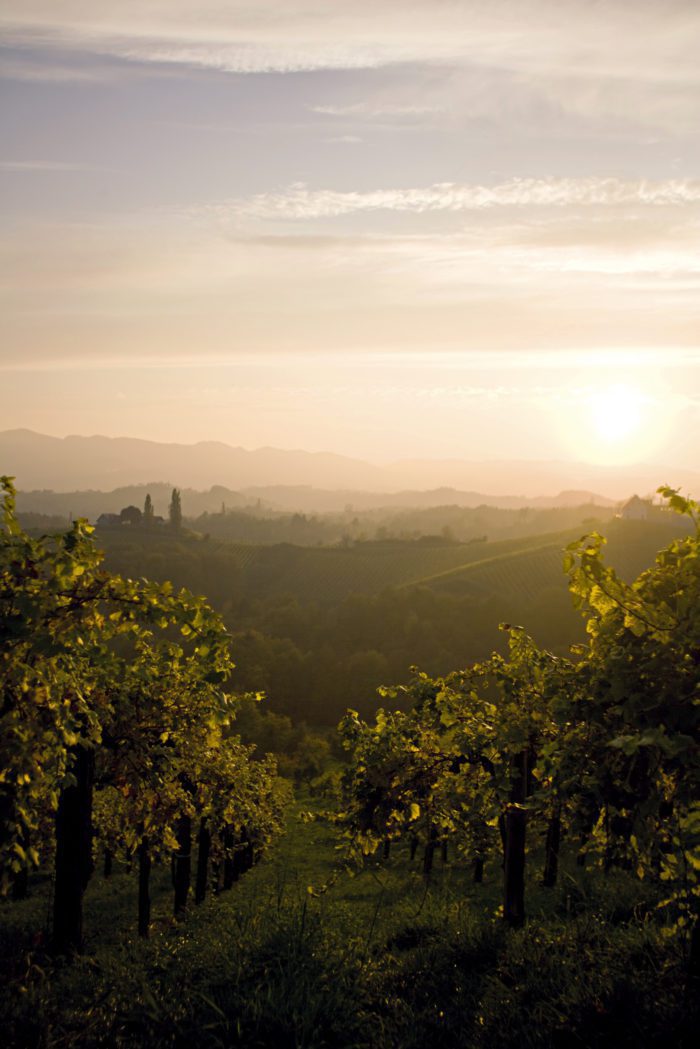
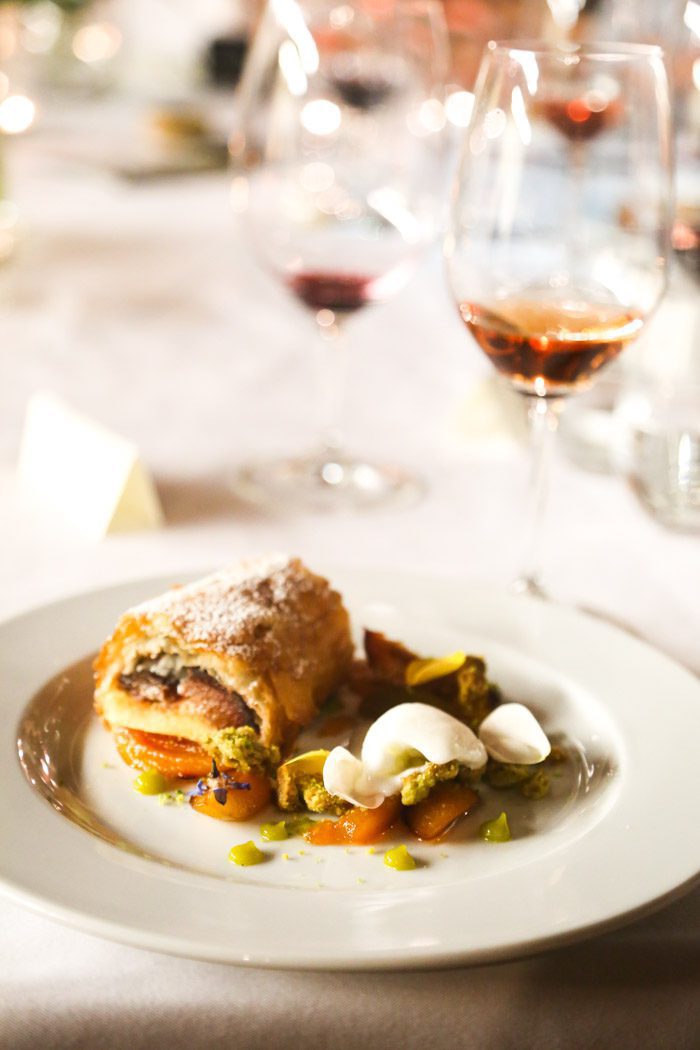
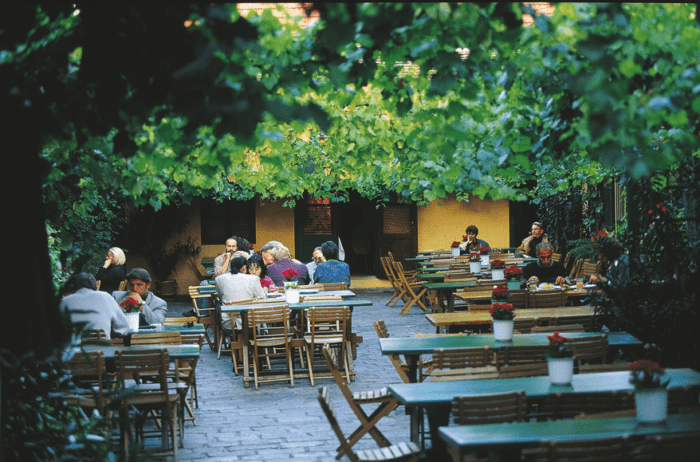

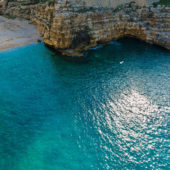

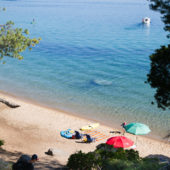










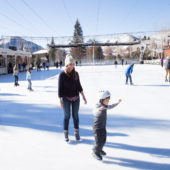





















23 Comments